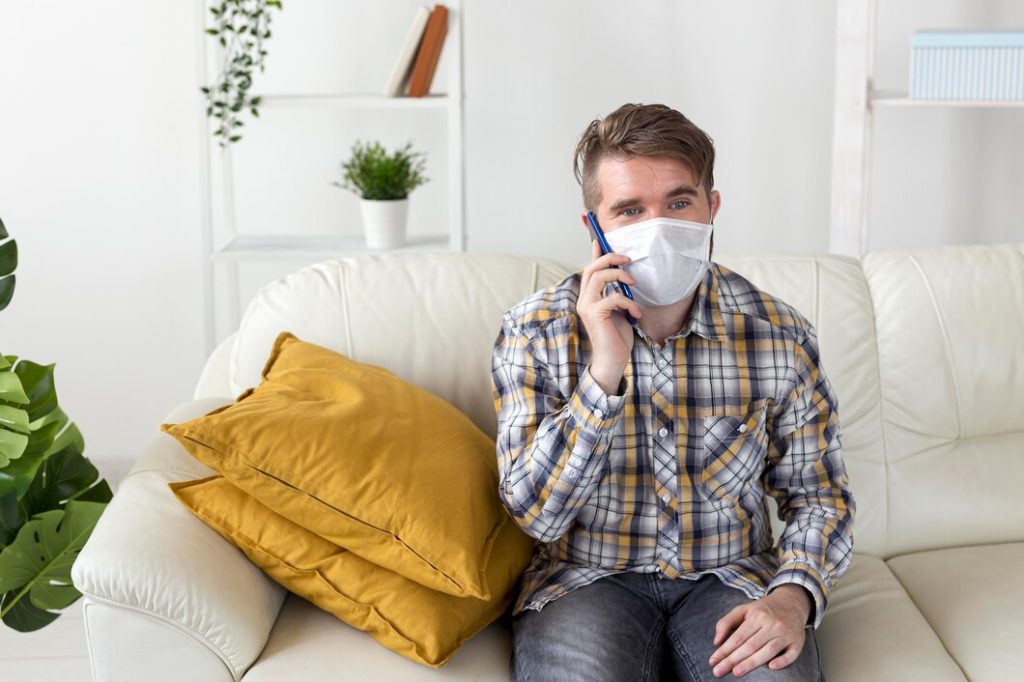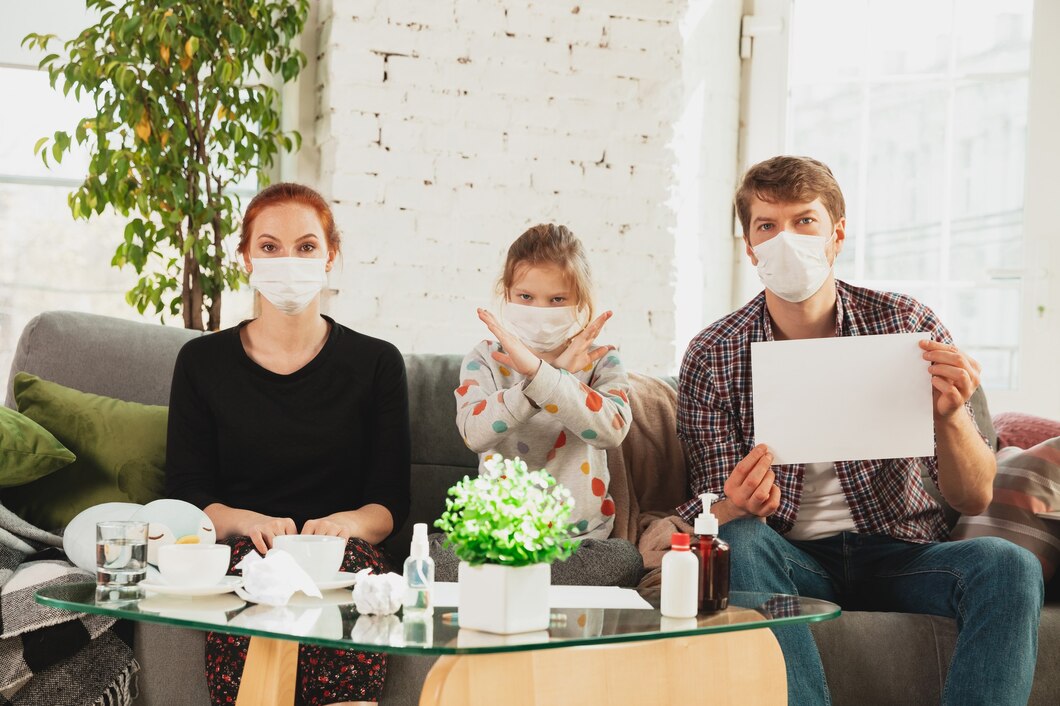Introduction
Poor indoor air quality (IAQ) can cause allergies, respiratory problems, and long-term health risks. Common IAQ issues include mold, dust mites, and chemical pollutants. Addressing these problems can improve indoor air and overall well-being.
1. Volatile Organic Compounds (VOCs)
Household products like paints, cleaning supplies, and furniture release VOCs into the air. These chemicals can cause headaches, dizziness, and breathing difficulties. To reduce VOC exposure, use non-toxic or low-VOC products, increase ventilation, and introduce air-purifying plants.
2. Mold and Mildew
Excess moisture, water leaks, and poor ventilation contribute to mold growth. Mold exposure can lead to allergies, asthma, and respiratory infections. Prevent mold by controlling humidity levels (30-50%), fixing leaks promptly, and using dehumidifiers in damp areas.
3. Carbon Monoxide (CO) Exposure
Gas appliances, fireplaces, and vehicle exhaust can produce carbon monoxide, an odorless and deadly gas. Symptoms of CO poisoning include nausea, confusion, and dizziness. Install CO detectors, ensure proper ventilation, and schedule regular appliance maintenance to prevent exposure.
4. Dust Mites and Allergens
Dust mites thrive in carpets, bedding, and upholstered furniture, triggering allergies and asthma. Wash bedding regularly, use allergen-proof covers, and vacuum with a HEPA filter to reduce allergens. Decluttering and maintaining a clean home also help control dust buildup.
5. Pet Dander and Indoor Air Pollution
Pets shed dander, which can cause allergic reactions and breathing problems. Regular pet grooming, HEPA air purifiers, and frequent cleaning help reduce pet dander and improve air quality.

Struggling With Indoor Air Quality? Get Expert Solutions Today!
Tips for Improving IAQ
- Open windows and use exhaust fans for better ventilation.
- Invest in an air purifier with a HEPA filter to remove pollutants.
- Change HVAC filters regularly to prevent dust buildup.
- Maintain indoor humidity between 30-50% to prevent mold.
- Choose non-toxic, eco-friendly household products to reduce chemicals in the air.
FAQs
What are the most common causes of poor indoor air quality?
Poor ventilation, mold, VOCs, pet dander, and dust buildup contribute to indoor air pollution. Everyday household products, gas appliances, and excessive humidity also affect air quality.
How can I tell if my home has high humidity levels?
Signs of high humidity include condensation on windows, a musty smell, and mold growth. Using a hygrometer can help monitor indoor humidity levels.
Do air purifiers really help with allergies?
Yes, air purifiers with HEPA filters can effectively remove allergens like dust mites, pet dander, and pollen, improving air quality and reducing allergy symptoms.
How often should I clean my air vents?
Air vents should be cleaned every 6-12 months to prevent dust buildup and improve airflow. Homes with pets or allergies may need more frequent cleaning.
What’s the best way to test indoor air quality?
Indoor air quality can be tested using IAQ monitors, professional air testing services, or DIY kits that measure pollutants like VOCs, mold, and CO levels.
What Is Indoor Air Quality?
Indoor air quality (IAQ) refers to the cleanliness and safety of the air inside buildings. It is affected by pollutants like dust, mold, and chemicals, impacting health and comfort.
Conclusion
Addressing IAQ issues can create a healthier home environment. By improving ventilation, reducing pollutants, and using air purifiers, you can maintain cleaner air and reduce health risks for your household. Small changes can make a big difference in improving indoor air quality.

